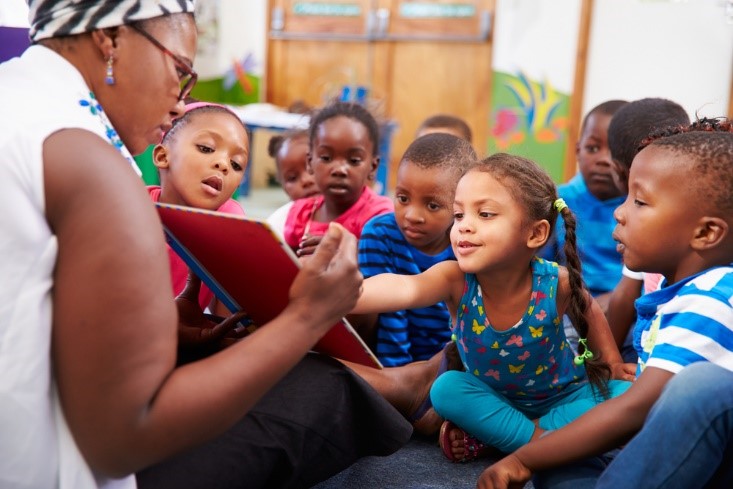By now, most moms and dads of younger kids are familiar with Common Core. This educational initiative launched in 2010 strives to bring all K-12 public schools in the United States to the same standard, so children everywhere can gain an equivalent education and enter adulthood on close to the same academic footing. Common Core introduced a number of standardized tests, but it has also changed how teachers approach major subjects like math and language arts.
Reading is easily among the most important skills young students learn at school, and it is a major focus of Common Core. The standards prioritize a practice called close reading — but because most modern parents didn’t grow up with Common Core, “close reading” feels like a foreign concept. This guide will help parents better understand what close reading is, why it matters and how they can help their kids succeed.
How Close Reading Is Different Than Reading Instruction of the Past
It’s difficult for many parents to understand more about close reading because most materials explaining close reading to parents use frustratingly vague or otherwise indecipherable language. Descriptions vary from exceedingly technical manuals for teachers to inanely ambiguous content meant to make close reading seem fun and easy.
The truth, in the clearest English we can muster, is that close reading tries to eliminate common “training wheels” of reading, like pictures and introductory summaries, so readers are forced to gather meaning only and directly from the text. Typically, close reading includes short passages and excerpts instead of books, so kids have more time and energy to delve into the text and pull out valuable information. Close reading also encourages tools, like pencils and post-reading discussions, to help readers pick apart the text.
Already, parents should notice a few things different from how they learned to read. In the past, it was common to accompany text passages with aids like pictures and bullet points because the aids were thought to help readers understand what meaning they should be gaining from the text. According to the Common Core, these supports hinder the acquisition of the reading skill, so they have been done away with and replaced with strategies for independent, focused and deep reading.
Additionally, close reading standards redefine what a good reader is. While when parents were young they might have pointed out good readers as the kids delving into the biggest, most advanced books — but close reading states that good reading is more concerned with grasping an author’s message, tone, perspective, implications and organization as well as a text’s overall quality and value. There are three reading standards all readers must achieve: understanding what the text says, understanding how the text works and understanding how the text compares to other texts. It’s about how the student reads, not necessarily how much.
Why Close Reading Is a Great Way to Teach Literacy
There are four big reasons close reading is an important and beneficial addition to reading education:
It standardizes how students learn to read. Instead of expecting teachers to give students an equivalent reading experience, close reading (and Common Core in general) removes the guesswork and helps bring all kids to the same level. Thus, parents who rely on public education, especially in lower-income areas of the country, don’t need to fear that their kids are getting the short end of the stick.
It allows for diverse learning styles and preferences. Differentiation is important in classrooms where students might advance at different paces. Close reading continues to challenge even the strongest readers in the room with longer or more complex texts or else deeper tasks and questions. This allows teachers to make one lesson plan but continue to teach all levels of students.
It compels readers to gain critical thinking skills. Regardless of where kids go in their careers, critical thinking is a must-have. The earlier children flex and strengthen their critical thinking skills, the better able they will be to apply those skills when the time comes.
It can be applied across the curriculum. Kids can practice close reading outside humanities and language arts lessons. Texts with information about history, science, math and more can do double-duty in improving reading skills and providing education in other key academic areas.
If there is any reason to be concerned about Common Core, close reading is not one. Parents can help kids practice close reading by allowing little ones space to consume and text and time to discuss the text afterwards. Families should work to choose books that fit the standards and develop a love for reading together.


